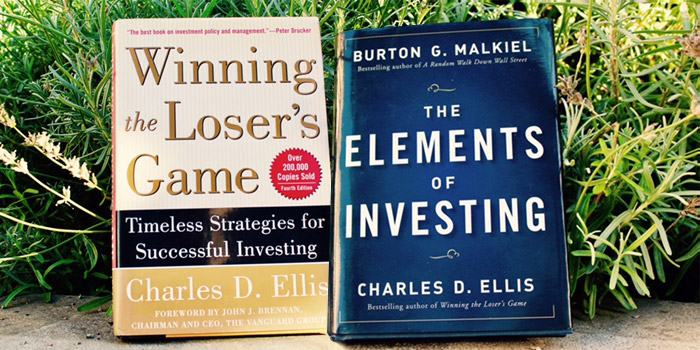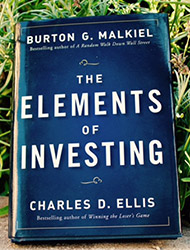 “When you retire, think and act as if you were stil working. When you’re still working, think and act a bit as if you were already retired.”
“When you retire, think and act as if you were stil working. When you’re still working, think and act a bit as if you were already retired.”
— Author Unknown
First, a few words about my overall approach: “I recommend growing the RRSP wisely and sensibly over the long haul. It delivers very well during the decades of retirement income needs. My 2018 strategies offer vital RRSP planning ideas for everyone.”
RRSPs have grown substantially, many exceeding values of $500,000 to $1,000,000 for a family unit. Also consider that various investors own the RRSP’s financial cousin, a flavour of the Locked-In Retirement Account (LIRA). Such a plan is typically created when the commuted value of an employer pension is transferred to a locked-in account. LIRA values can easily range from $200,000 to $400,000. Although, RRSP deposits cannot be made to a LIRA, the account needs to be invested alongside the rest of the nest egg.
Clear understanding of the RRSP regime is essential to guide the multi-year planning marathon.
RRSPs really fit two camps of investors like a glove: those without employer pension plans and the self-employed.
Some investors still shun RRSP deposits. However, my top reason for pursuing the RRSP continues to be long-term, tax-deferred investment growth. It means no income tax is paid until draws are made from the RRSP. This allows the plan to grow for years, often decades.
Stay focused on how the RRSP fits into your total game plan. The power of tax-deferred compounding really delivers. Keep your RRSP mission simple and treat it as a building block. Take every step that improves the money outlasting the family requirements.
I summarize the vital RRSP planning areas:
1.) Closing 2017
Your 2017 RRSP limit is 18% of your 2016 “earned income”, to a maximum of $26,010. This sum is reduced by your pension adjustment from the 2016 employment slip. The allowable RRSP contribution room includes carry-forwards from previous years.
RRSP deposits made by March 01, 2018 can be deducted in your 2017 income tax filing. There is no reason to wait until the last minute where funds are available. Your 2016 Canada Revenue notice of assessment (NOA) outlines the 2017 RRSP room. Continue Reading…











